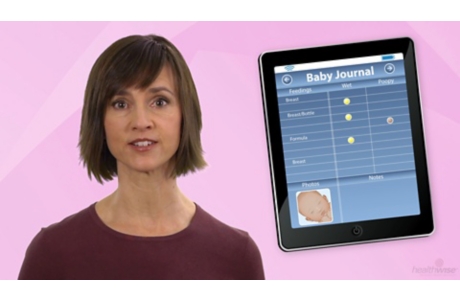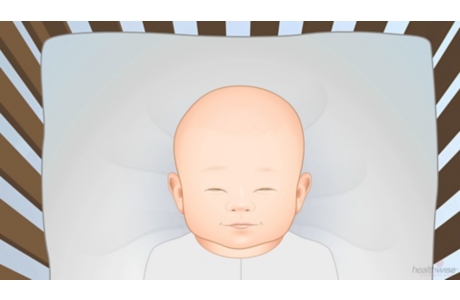Overview
Babies give cues during feeding that show how hungry they are. Pay attention to these cues to help know when your baby has had enough to eat.
- A baby who is hungry will latch on to the breast or bottle and suck continuously.
- A baby who is getting full during a feeding will take longer pauses between sucking.
- A baby who is full will turn away from the breast or bottle and not want to suck.
The amount of food each baby needs varies. Young babies usually don't take more breast milk or formula than they need.
It's also good to check your baby's diaper for signs that your baby is getting enough breast milk or formula. For example, a newborn may have about 3 wet diapers a day for the first few days. After that, expect 6 or more wet diapers a day throughout the first month of life.
As long as your baby is gaining weight steadily, your baby is eating enough. During well-child checkups, the doctor will track your baby's weight gain and growth.
Credits
Current as of: October 24, 2024
Current as of: October 24, 2024





